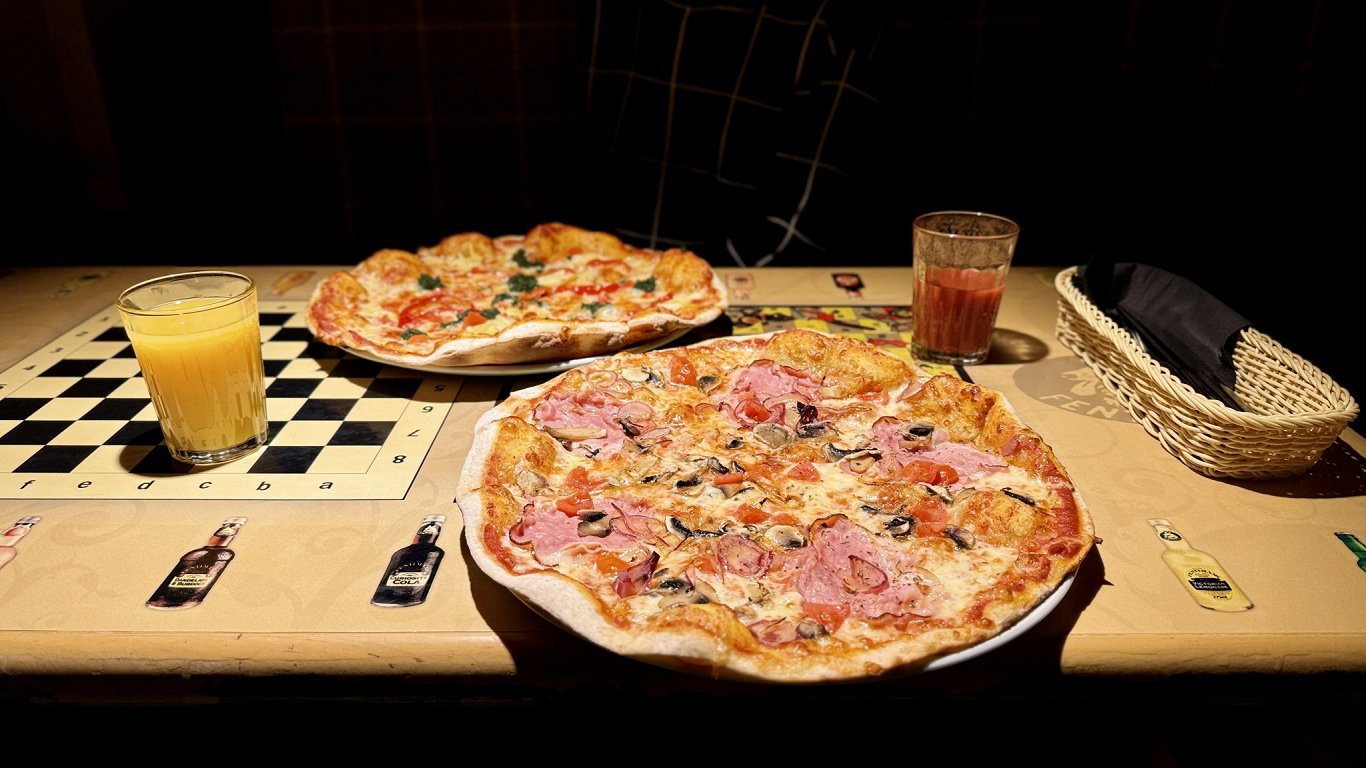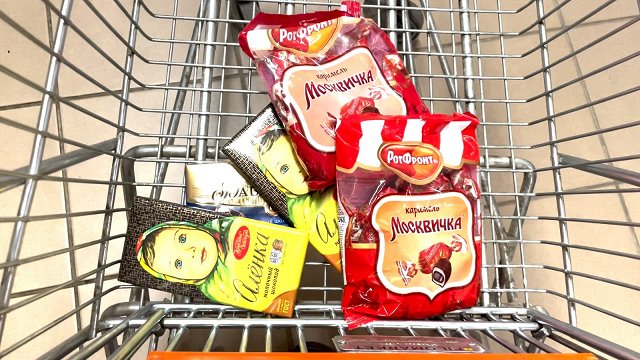In addition, Bella Napoli recently began serving steaming hot Neapolitan pizzas in the center of the Latvian capital, and soon-to-open Buono Buono has started luring customers with the promise of Puglian-style pizzas. Beyond the capital, recent newcomers include the Muškenbānis pizzeria at Inčukalns railway station and the wonderfully-named 'Meistars un Margarita' in the village of Taurene.
All of these add to an already impressive collection of pizzerias in Latvia, two of which – Street Pizza and Peppo's – have made the 50 Top Pizza Europa list in previous years. Another local pizza maker, Vīnkalni, took home the Best Main Dish award at the 2022 European Street Food awards.
What has sparked this traditionally pork-and-potato-loving nation's obsession with pizza? LSM approached the Latvian Hotel and Restaurant Association (LVRA), two pizza restaurants and a delivery service for insight into local pizza eating habits.
Andris Kalniņš is the president of the LVRA. He starts our conversation with the words “I've noticed more kebab shops than pizzerias” and explains that the culture of dining out is closely tied to consumer spending power. The last four years since the start of the Covid-19 pandemic have been extremely challenging for the hospitality sector.
“No other industry has suffered as much and for so long,” says Kalniņš. “Prices have increased but spending power hasn't, so everyone is trying to create more accessible products and services. This is why we're seeing more lower-priced establishments appear.”
“Opening a catering business is relatively easier than an IT or construction company”, Kalniņš says to explain why people continue to open new dining establishments in these tough times. “This industry is also known to have a huge underground economy. It's easy to avoid paying taxes in full and make more profit, which might also be an influencing factor,” he says frankly. Places which operate largely on a food delivery basis, require very little space and less qualified staff – a lack of skilled staff being one of the problems restaurants are having to deal with. However, the LVRA represents the tax-paying members of the industry, Kalniņš underscores.
Social pizza
As a newcomer to the hospitality sector, Sarma Zvirgzdiņa agrees that pizza is an affordable meal, which is important for her business, considering the location and target audience. Together with her husband Alvis, they opened Meistars un Margarita in the cellar of a manor house in Taurene, a village in Vidzeme region. “We arrived at the idea through our own need, hoping it's a win-win for us and the wider public,” Zvirgzdiņa explains of their decision.
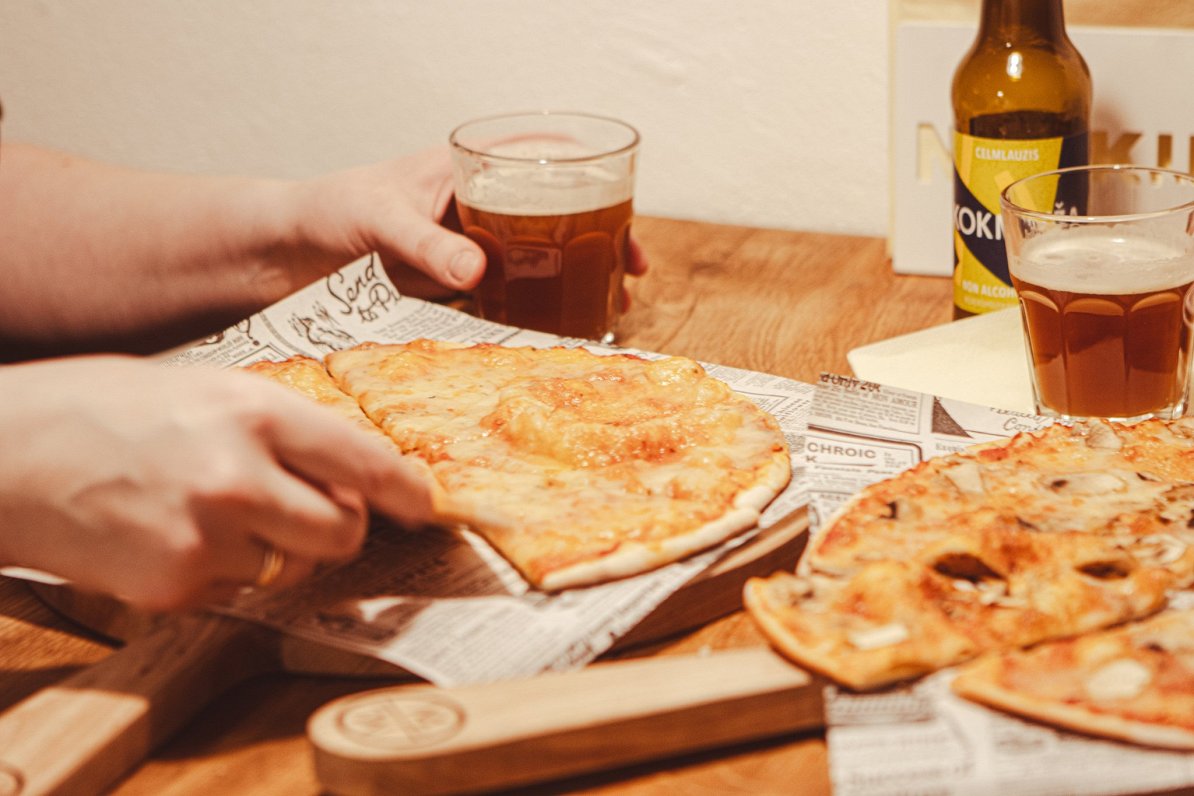
Several years ago the Zvirgdziņi family moved to Taurene from the capital where both of them had worked at pizzerias – Sarma as a waitress and Alvis as a pizza chef. Over the years, they started baking pizzas for friends and took part in the Home Cafe Days initiative until more and more people started asking when they'd open their own pizzeria.
Having experimented with a handmade jewelry business and goat farming, Zvirgzdiņa realized that she was actually quite extroverted and really missed a place to get together for a meal, as well as the chance to enjoy a lazy evening without having to cook.
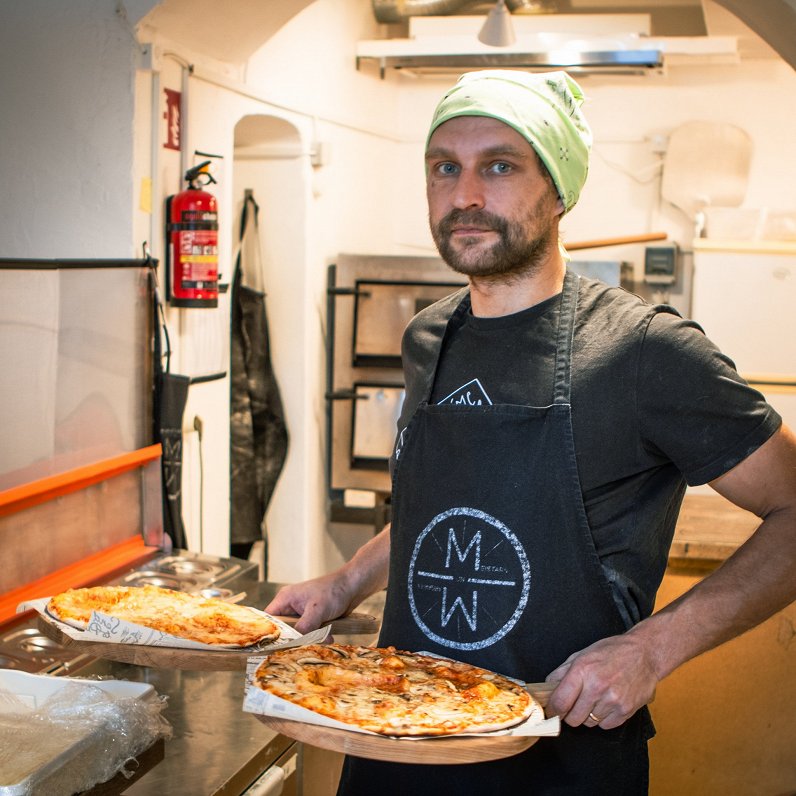
“I certainly get to satisfy my introverted side in the countryside,” she laughs, "but pizza is a social food – people share it with friends and family,” she says of the process that led to opening Meistars un Margarita, the only place to eat out in remote Taurene and Dzērbene villages.
The couple turned to the local council to find premises and ended up with a vast cellar space of approximately 200 square meters. With time, the Zvirgzdiņi family plans to make use of the whole cellar by offering an event space. “They thought we were a bit mad. We're not especially rich and drive an average car, so that doesn't create much of an impression! We did a lot of work with our own hands.”
Having moved in only in December, Zvirgzdiņa can now say that around half of the customers are locals and the other half come from further afield. “Some locals are still skeptical. People in rural areas aren't so used to going out. Besides, it has been the cold season [when heating bills are high].” Now, they are getting interest through word of mouth and social media.
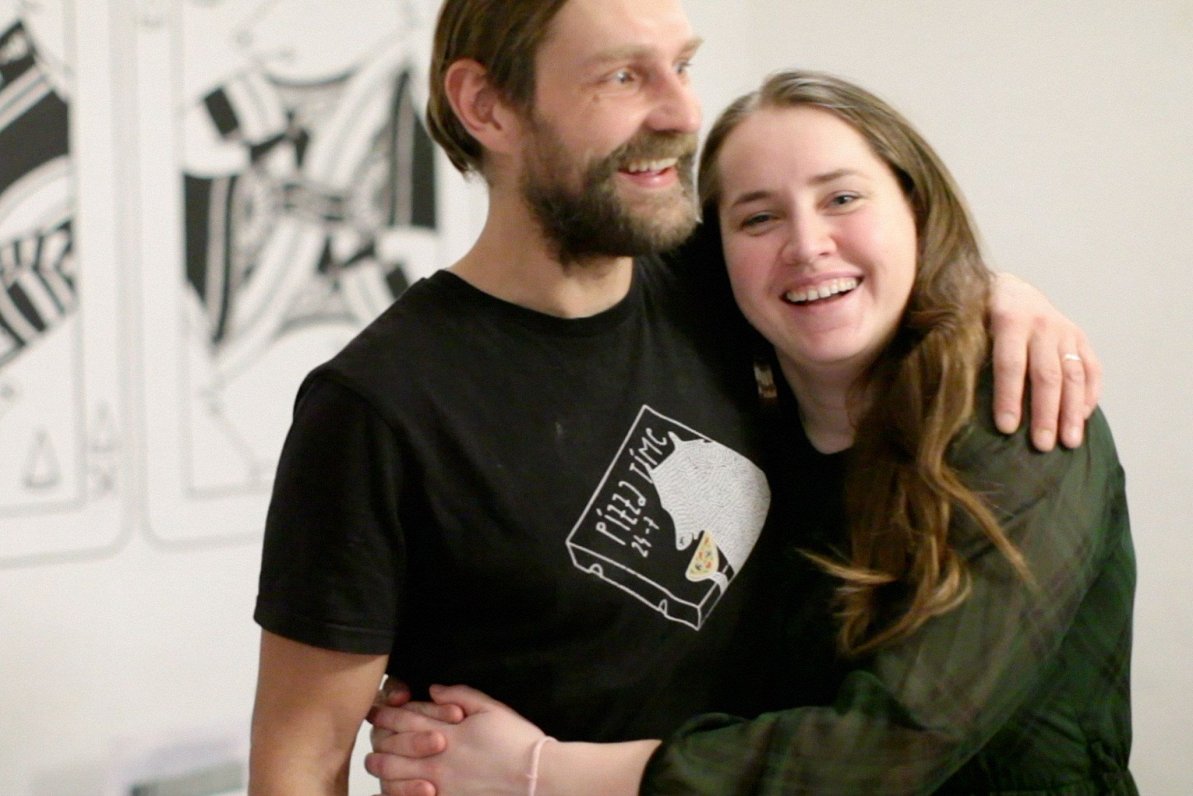
“We did have some locals tell us they used to order from Studio Pizza [a pizzeria in Cēsis – a town 30 minutes away from Taurene] and drive halfway, to Bērzkrogs, to pick it up. They're happy they no longer have to do that,” Zvirgzdiņa recalls.
Most of their ingredients are local. “We tried Italian flour but it costs 50% more and so we analyzed whether the pizzas tasted 50% better than those made with local flour. In our case, it's very important for the price to be affordable. We have to understand our client base.
“A friend who's a chef says we should add things like olives and buffalo mozzarella but when you put all that on paper and add it up… There are other places in Latvia to have that experience. We wouldn't like to pretend to be who we're not,” Zvirgzdiņa says.
Asked what flavors are the most popular, Zvirgzdiņa says that she was surprised to find people requesting a higher level of spiciness. They now offer to add jalapenos to any pizza, and have created the hot 'Skujene pizza' with blue cheese and ham, which is proving to be a local hit.
Changing tastes
“Customers enjoy new flavors,” echoes Agnese Krūmiņliepa, marketing and sales manager at Pica Lulū, a pizza shop chain celebrating 30 years in operation this year. “We've noticed an increase in people choosing exotic flavors and seafood, and vegetarian and vegan pizzas. Anyone can now choose to have regular or vegan cheese on our pizzas. A considerable number also opt for wholewheat bases. Still, tastes may be changing, but the classic flavors remain the most popular and in demand,” she continues.
Pica Lulū has noticed the increase in pizzerias but still sees potential for more. “The opportunities for growth are always there – you just have to spot them,” says Krūmiņliepa. “Pizza is a fantastic food for any occasion from children's parties to romantic dates and office meetings. We've even delivered to several weddings!” she reports.
Pizza across the generations
“Pizzas are definitely among the top orders in Latvia as they are loved by families, kids and students,” agrees Mantas Lomsargis, General Manager of Wolt Baltics, the popular food delivery service. “We can confirm that the number of pizza orders is growing year-on-year as we clearly see an increase in orders in this category.”
Since last year, the company has offered delivery services in 13 cities and towns in Latvia – the highest number among the Baltic countries. “With every expansion, also pizza category sales grew as this is one of the most popular food orders,” says Lomsargis, establishing that the trend is not limited to Rīga alone.
Speaking of local tastes, last year's most popular pizzas ordered on Wolt were the Margarita, pizzas with sausage, Studentu [usually quite a basic pizza with sausage], pizza with salami, and the spicy Diavola.
So, whether you are an advocate of pineapple on pizza or not (let's not go there), prefer thin Italian bases or thick American-style crusts, these days you're never far from a pizzeria in Latvia to satisfy your cravings.
